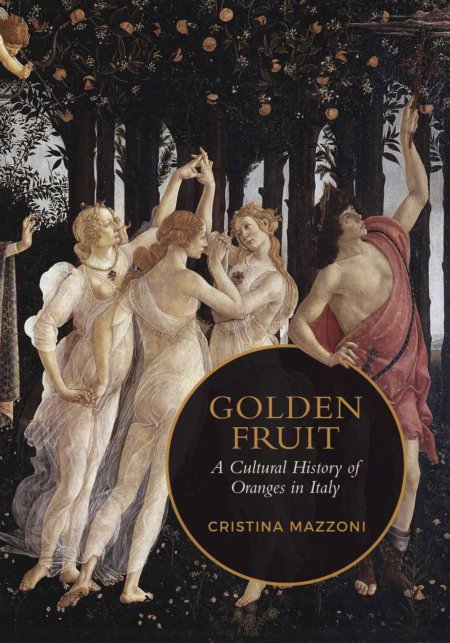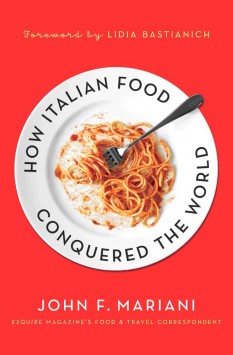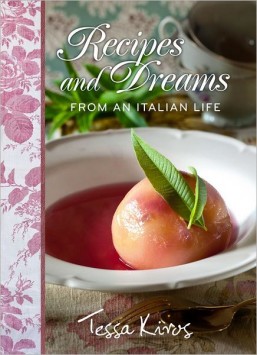Golden FruitGolden Fruit: A Cultural History of Oranges in Italy
Through a close reading of key texts, including poetic and spiritual writings, fairy tales, and a botanical treatise, Golden Fruit examines the role of oranges in Italian culture from their introduction during the medieval period through to the present day. Featuring a beautiful full-colour spread, Cristina Mazzoni’s book brings together artistic depictions, literary analysis, historical context, and popular culture to investigate the changing representations of the orange over time and across the Italian peninsula.
Oranges were introduced to Italy in the 1200s, many centuries after beloved Mediterranean fruits such as grapes, figs, and pomegranates—all well-known since Antiquity. Not burdened with age-old meanings and symbolism, then, oranges in early modern times provided a malleable image for artists, writers, and scientists alike. Thus, in the Middle Ages and Renaissance, oranges appear in visual and verbal representations as an effective aid in physical and spiritual health, as symbols of romantic and of divine love, and as signs of geographic allegiance to one’s citrus-rich land. Baroque poets, botanists, and painters regularly compared oranges to women for their shared hybrid nature, whereas later folklore presented this dual character of oranges from an economic standpoint, as both precious and dangerous. The violence intrinsic to oranges in these Sicilian texts from the eighteen and nineteen hundreds returns in the controversial representations of the orange harvest in early twenty-first century Italy.
Cristina Mazzoni is Professor of Romance Languages and Linguistics and Director of the Italian Studies Program at the University of Vermont.
“Golden Fruit presents a learned, engaging, and readable excursus through several fascinating Italian literary texts. Cristina Mazzoni brings to the fore the symbolic meanings of oranges in Italian culture, from the middle ages to contemporary times.” -Armando Maggi, Department of Romance Languages and Literatures, University of Chicago
“Cristina Mazzoni compellingly demonstrates how attention to the historically specific and evolving connotations of oranges (as bitter, as a luxury item, etc.) reveals fascinating nuances in a range of texts that have hitherto been overlooked.” –Maria Truglio, Department of Spanish, Italian, and Portuguese, Pennsylvania State University











Leave a Reply